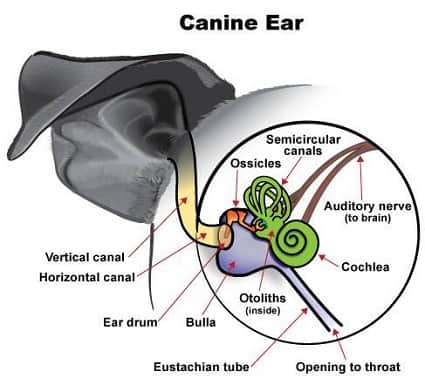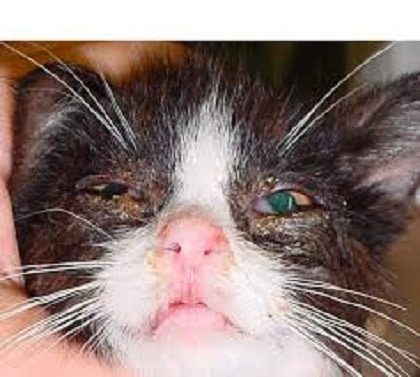Rat Poison – Risks To Dogs and Cats

People have been trying to eradicate rodents for thousands of years. We concern ourselves with disease spread, eating our crops, leaving droppings and making nests in our homes. One way we adress rodent issues is by placing rat or mouse bait. Commercial exterminators can lay this down for you, but rat poison can be obtained […]
Cardiomyopathy in Cats

Hypertrophic cardiomyopathy (HCM) is the most common heart disease in cats today. Cardiomyopathy means heart (cardio) muscle (myo) disease (pathy). Other cardiomyopathies in cats that you may hear your veterinarian discuss are: Dilated cardiomyopathy Restrictive cardiomyopathy Unclassified cardiomyopathy Dilated Cardiomyopathy Dilated cardiomyopathy (DCM) used to be a much more common disease in cats than it is […]
Vestibular Disease in Dogs and Cats (Vertigo)

What on Earth is the Vestibular Apparatus? In a nutshell, the vestibular apparatus is the neurological equipment responsible for perceiving your body’s orientation relative to the earth (determining if you are upside down, standing up straight, falling etc.), which inform your eyes and extremities how they should move accordingly. The vestibular apparatus allows us to […]
White Blood Cell Cancer-Related (Myeloma) Disorders in Cats

What are Myeloma-related Disorders? Myeloma is a type of cancer that affects certain white blood cells (cells of the immune system) called plasma cells. These are specialized lymphocytes, that in the healthy individual, are the cells responsible for producing antibodies to protect against disease. Plasma cells that become cancerous are known as myeloma cells. A […]
Gas (Flatulence) in Dogs

What causes the gas? Flatulence comes from an excess of gases in the intestinal tract. These gases may represent air that has been swallowed, gas produced in the biochemical process of digestion, gas diffusion from the bloodstream, or gases produced by the bacteria that populate the intestinal tract. Over 99% of the gases that pass […]
Hyperlipidemia (too much fat in the bloodstream) in Dogs and Cats

Hyperlipidemia is a general term for disorders in which too many fat molecules (called lipids) circulate in the blood. The two most important lipids in pets are cholesterol and triglycerides. Lipids are insoluble, meaning they are not easily dissolved in water. Because blood is a watery substance, in order to move these insoluble lipids around […]
Hyperlipidemia (too much fat in the bloodstream) in Dogs and Cats

Hyperlipidemia is a general term for disorders in which too many fat molecules (called lipids) circulate in the blood. The two most important lipids in pets are cholesterol and triglycerides. Lipids are insoluble, meaning they are not easily dissolved in water. Because blood is a watery substance, in order to move these insoluble lipids around […]
Tapeworm Infections in Dogs and Cats

The Parasite and how it works… The adult Dipylidium caninum lives in the small intestine of the dog or cat, attached to the intestinal wall by several suckers as well as by a structure called a rostellum, which resembles a hat with hooks on it. Most people are confused about the size of a tapeworm because they […]
Cleft Palate or Lip in Companion Puppies and Kittens

Congenital clefts in the palate or lip are birth defects that puppies and kittens can get in the tissues connecting parts of the mouth. Human babies also get them. These cleft defects happen when the roof of the mouth does not close correctly before the baby is born. Cleft lip is a defect of the lips, underlying bone, […]
Upper Respiratory Infection in Cats

Symptoms Sneezing Nasal discharge Runny eyes Cough Oral or nasal ulcers Sniffles Fever Hoarse voice Or any combination thereof What Cats are at Risk?The agents of feline upper respiratory infection are highly contagious and present where ever cats live in groups. Getting infected is easy; a cat simply must socialize with an infected cat or […]